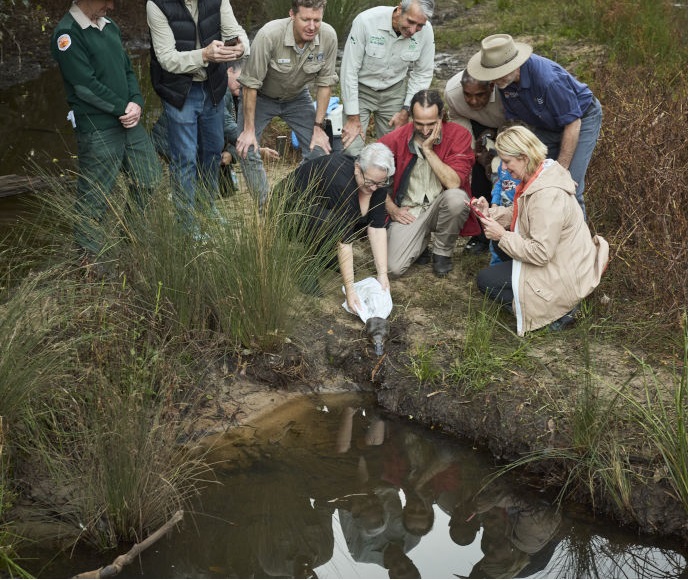World-first scorecard for Australia's oldest national park
In a world first, Australia’s oldest national park, the Royal National Park in Heathcote has received its first health report, with the publication of an EcoHealth Scorecard.
The scorecard program will be the first scheme in the world to systematically integrate ecological health data and financial data into national park decision-making.
Covering both the Royal and the adjacent Heathcote and Garawarra reserves, 40 permanent monitoring sites were set up with cameras and acoustic monitoring equipment, capturing more than one million images, 2,500 bird records, and 2,000 plant records.
The first scorecard reveals:
- For the first time, the Krefft’s glider and yellow-bellied sheath-tailed bat were detected, along with 45 native mammal species.
- The area is a refuge for the threatened eastern pygmy possum and supports over half of all microbat species in NSW, including at least 7 threatened species.
- A diverse range of flora was found with 488 native species, across 5 major vegetation formations. The extent of weed invasion is low outside of disturbed areas.
- 70% of waterways have ‘very good’ or ‘good’ water quality.
The scorecard also reveals some challenges, with 6 mammal species likely to have disappeared from the park since European arrival. The red fox is widespread across the reserves and likely impacting on populations of native species, while feral deer numbers remain high in some areas.
In response to these results, the NSW National Parks and Wildlife Service (NPWS) has ramped up feral animal control by introducing a park-wide aerial baiting program for foxes, is trialling new measures to address myrtle rust and will adjust deer control and fire management.
These evidence-based management responses will improve the conservation outcomes for the unique plants and animals that are protected by these reserves, including the iconic platypus which was successfully reintroduced to Royal National Park last year.
The next report for Royal will be published in mid-2025 including survey results for koalas, gliders and owls. A scorecard will soon be released will be for Kosciuszko National Park.
Quotes attributable to NSW Environment Minister Penny Sharpe:
'We can’t protect what we don’t know about, and this world-leading initiative puts science and data at the forefront of how we manage our iconic national parks.
'The Minns Labor Government will be expanding these scorecards to almost a third of our state’s national parks so we can have the clearest ecological picture of our parks.
'By measuring and reporting changes in the health of our parks, this program is already shaping decisions about fire management, feral animal control and weed control.
'It’s a big investment in science, designed to ensure our national parks are among the best managed parks in the world.'
